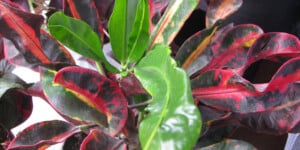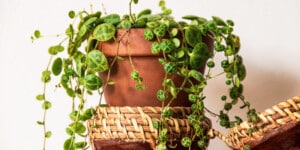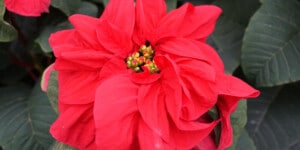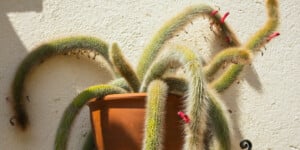This is a very popular ornamental plant and in 2012, it was thought to be the “it” plant to have in your home or office.
It is very popular with those that love indoor plants. It is named after the fiddle because of its leaves, which are large and fiddle-shaped. They are native to West Africa and can be found in the tropical jungles.
What it Looks Like
The Fiddle Leaf Fig plant may have multiple or single trunks and you can recognize them by their green leaves that look like a fiddle.
Fiddle Leaf Fig Care & Growing Guide
1. Light
They prefer lots of filtered bright light so the ideal place for this plant is near a sunny window that faces east so it will get a lot of sunlight during the day. You should try to rotate the plant every few months when you notice that it is reaching for the light.
2. Water
Before you water your Fiddle Leaf Fig plant, wait for the top inch of the soil to dry. You should water it with room temperature water. The plant can go into shock if you water them with cold water. They need a good watering but cannot sit in water. Make sure that the water completely drains out from the bottom. If it sitting on a saucer make sure it is dry also. If you over- or under-water it, you can adjust how much water you give or repot it in fresh soil. In the summer you will have to water at least once a week and once a month in the winter.
3. Climate
Hardiness zones 9-11
4. Soil
In order to sustain their large leaves, the Fiddle Leaf Fig plant will need nutrient-rich soil. You can replenish the nutrients in the soil using plant food occasionally. This will help to keep the leaves vibrant and lush. You can use a mixture that is humus-rich and drains well. To the potting mixture, you should make the mixture one-third to one-half cactus potting mix. You should fertilize every six months during the spring and summer but do not fertilize in the winter.
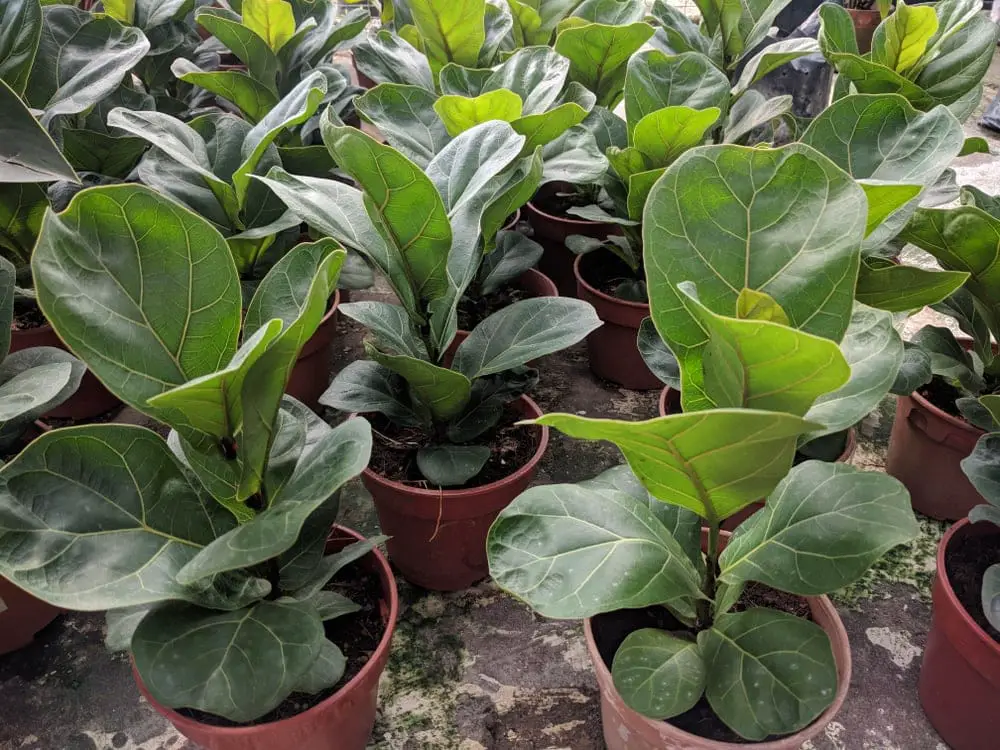
5. Temperature
This plant prefers a humid, warm climate that is similar to their native rainforests. The temperatures in the room should be 65-75 degrees Fahrenheit. You do not want them to be in a room if the temperature is below 50 degrees Fahrenheit. To increase the humidity in the room put the planter on a tray of pebbles with water to the top of the pebbles. They are very sensitive to drafts so keep them away from air conditioning units.
6. Repotting
When you notice the roots peeking out of the bottom of the pot, it is time to repot. When doing this, you can either trim the root ball or repot it in a larger pot. If you want to keep it at its current size you should just trim the root ball. To make sure that you do not damage the root system do not trim more than 20% of its roots.
Learn more: Rhaphidophora Tetrasperma Care & Growing Guide
7. Speed of Growth
It is a moderately fast-growing plant and if given the right care it can grow a couple of feet each year.
8. Height and Spread
Outside, this plant can grow to heights of 40 feet and extend up to 35 feet. Indoors it can reach a height of 10 feet. You can control the size by careful pruning and using a small pot.
Similar post: Ficus Alii: Plant Care & Growing Guide
9. Trimming
To encourage its growth, you should cut back a few leaves occasionally. To trim, or prune the Fiddle Leaf Fig plant, start by trimming back on any damaged leaves so the plant can focus on giving nutrients to the healthy leaves. They also require breathing room so cut out any crossing branches. To properly trim the plant, make the cuts an inch away from the truck. This is so you do not damage the main trunk. If your plant is healthy, two branches will sprout from your cutting. Trim it when you notice any overgrowth.
Is the Fiddle Leaf Fig Poisonous?
Yes, the sap is mildly toxic to pets and children if they consume it so make sure that you keep it out of their reach. It can cause stomach irritation
Flowers
Growing it indoors it will not bear any flowers or fruit but if it is grown outdoors, it will be fruit that is not edible.
Also read: Jasmine Plant Care & Growing Guide
Common Fiddle Leaf Fig Diseases
Under-watering: The leaves will turn brown along the edges and then drop
Over-watering: The leaves will have dark brown edges and spots and have an unpleasant smell that lingers near the soil. This is one of the main reasons for premature death.
Temperature too cool: The leaves will develop brown spots.
Overexposure to drafts: This can dry out their leaves and cause them to drop
Moving or sudden changes: Their leaves will drop so do not move them unless it is necessary and do not make any sudden moves.
Pests: These include aphids, scales, mealy bugs, and mites. You can get rid of them by wiping them off with a hot, soapy cloth. You can also use a mild insecticide.
Full-sun: This will cause the leaves to scorch, turn yellow, and then drop off.
Too shady: It will cause the leaves to shrivel and drop off.
More like this: Coleus Plant Care & Growing Guide
Conclusion
The Fiddle Leaf Fig plant, with proper care, can live for 25-30 years. It is very efficient in purifying the air because of its large leaves. Because of its size, it is considered a floor plant. The Fiddle Leaf Fig has very picky care and growing guides but if you follow them, you will have a very interesting conversation piece. You should make sure that at least once a week your wipe the leaves to help them absorb more sunlight efficiently and to keep them free of dust. The large leaves are prone to dust. If you notice your plant dropping leaves, this is a sign something is wrong so make sure you check the plant often. They make a great centerpiece in any room.
Keep reading:
- Cast Iron Plant (Aspidistra Elatior) Care & Growing Guide
- bedient Plant Care & Growing Guide
- Hoya Plant Care & Growing Guide
Victoria is the owner and main author of hobby plants. She loves spending her free time in her garden planting and taking care of her plants. Victoria hopes you enjoy the content here!
![How Often to Water Fiddle Leaf Fig? [COMPLETE GUIDE] How Often to Water Fiddle Leaf Fig? [COMPLETE GUIDE]](https://www.hobbyplants.com/wp-content/uploads/2022/06/how-often-to-water-fiddle-leaf-fig-300x158.jpg)
![How to Repot a Fiddle Leaf Fig [COMPLETE GUIDE] How to Repot a Fiddle Leaf Fig [COMPLETE GUIDE]](https://www.hobbyplants.com/wp-content/uploads/2022/06/how-to-repot-a-fiddle-leaf-fig-300x158.jpg)
![How to Propagate Fiddle Leaf Fig [BEST METHODS] How to Propagate Fiddle Leaf Fig [BEST METHODS]](https://www.hobbyplants.com/wp-content/uploads/2022/06/how-to-propagate-fiddle-leaf-fig-300x158.jpg)
![Why Is My Fiddle Leaf Fig Dropping Leaves? [ANSWERED] Why Is My Fiddle Leaf Fig Dropping Leaves? [ANSWERED]](https://www.hobbyplants.com/wp-content/uploads/2022/06/why-is-my-fiddle-leaf-fig-dropping-leaves-300x158.jpg)
![Fiddle Leaf Fig Outdoors - Can They Survive? [ANSWERED] Fiddle Leaf Fig Outdoors - Can They Survive? [ANSWERED]](https://www.hobbyplants.com/wp-content/uploads/2022/07/fiddle-leaf-fig-outdoors-300x158.jpg)
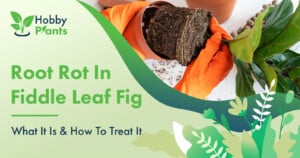
![Are Fiddle Leaf Figs Toxic to Dogs & Cats? [ANSWERED] Are Fiddle Leaf Figs Toxic to Dogs & Cats? [ANSWERED]](https://www.hobbyplants.com/wp-content/uploads/2022/07/are-fiddle-leaf-figs-toxic-to-dogs-300x158.jpg)

